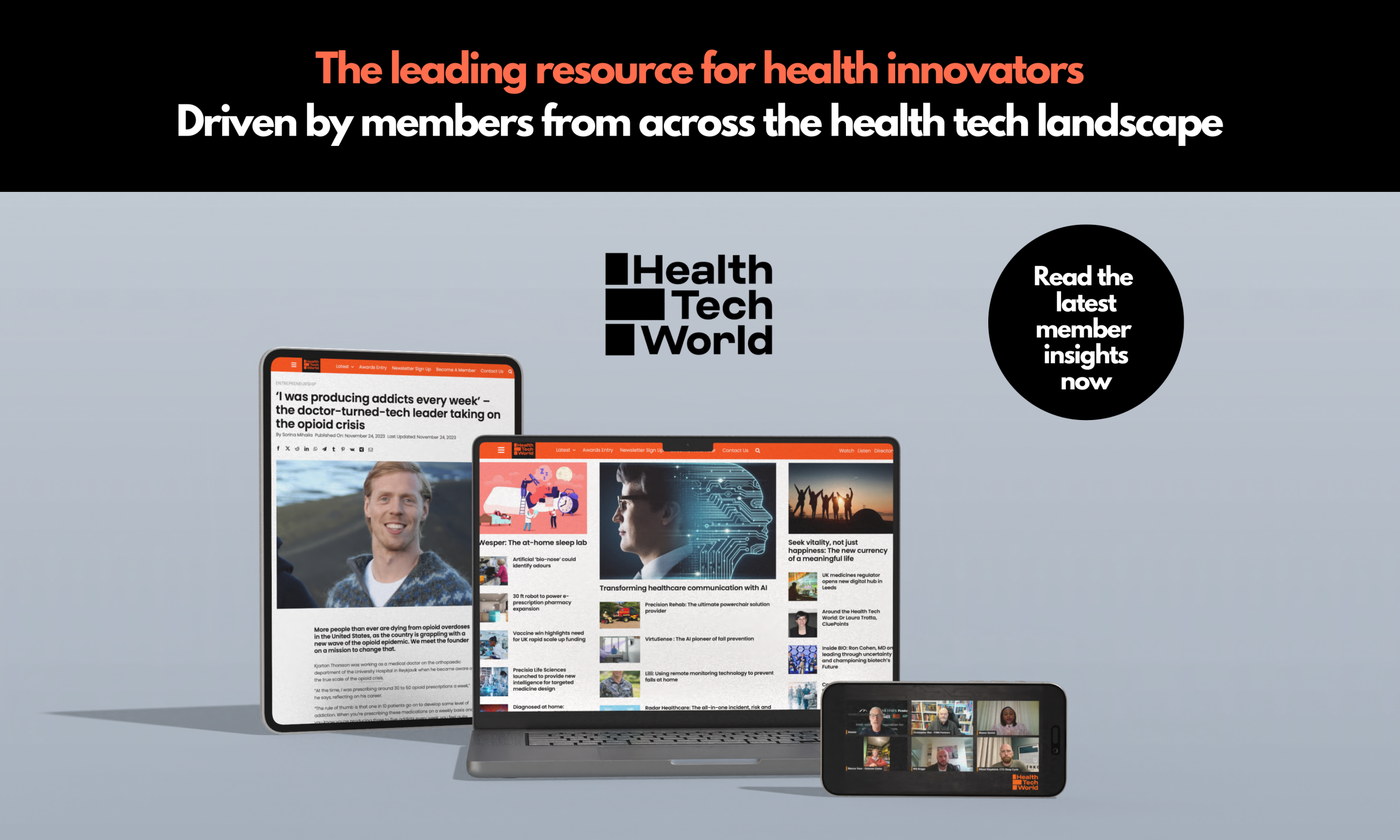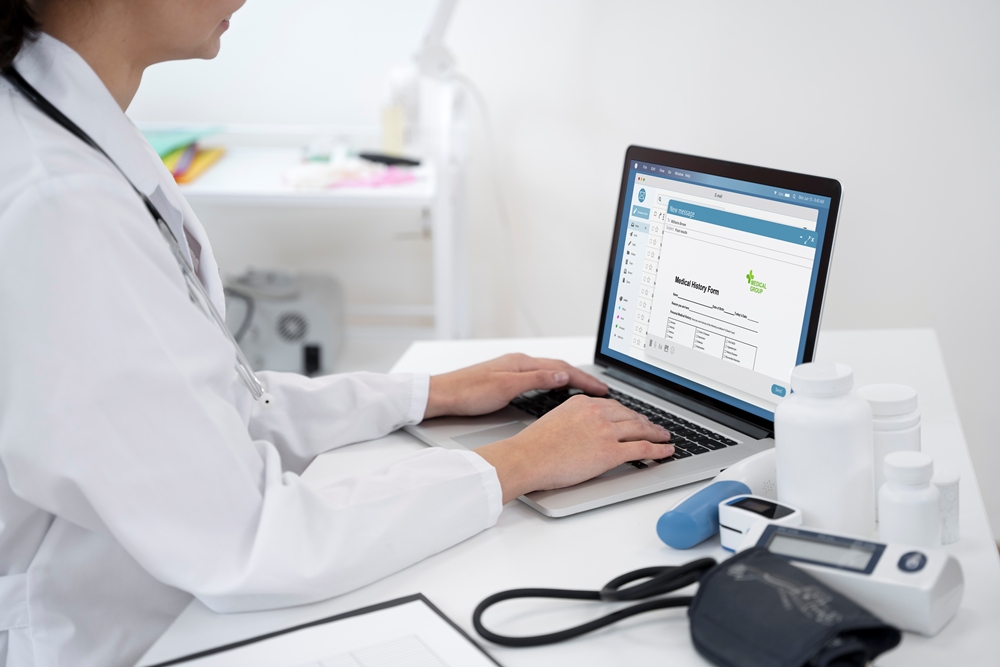How AI is optimising heart disease diagnostic tools
By Maja Schmidt Royal Commission Industrial Fellow at the University of Edinburgh and Neuranics
Ischemic heart disease is the leading cause of premature death in the UK, and responsible for 66,000 deaths each year.
Detecting heart rhythm abnormalities that indicate ischaemic heart disease outside controlled hospital environments remains a significant challenge.
While electrocardiography (ECG) has been the gold standard for decades, it has limitations: requiring high quality direct skin contact, skin and body tissues filtering the electric signals, and missing subtle abnormalities that could indicate early-stage heart disease.
This diagnostic gap represents an important healthcare challenge.
Many patients experience their first symptoms only when their condition has progressed significantly, missing opportunities for early intervention.
With yearly costs in the UK relating to cardiovascular disease estimated at £28 billion, there is a clear need for innovative diagnostic solutions.
MCG meets AI
Magnetocardiography (MCG) is a technology that detects the magnetic fields generated by the heart’s electrical activity.
Unlike ECG, MCG can measure heart activity without direct skin contact and even through clothing.
Through this and its higher spatial resolution, MCG can detect certain heart rhythm abnormalities that conventional ECG measurements would miss entirely.
However, MCG faces a significant hurdle: environmental magnetic noise.
The magnetic fields generated by the heart are tiny; for comparison, the Earth’s magnetic field is approximately one million times larger than MCG signals.
The Earth’s magnetic field, electrical equipment, and moving metal objects can interfere with the delicate magnetic signals from the heart, making accurate readings difficult outside shielded laboratory environments.
This is where our research enters the picture.
Our aim is to leverage the strengths of artificial intelligence (AI) to discern the heart’s magnetic fields from other magnetic noise sources.
Our research is a collaboration between Neuranics — a startup company developing highly sensitive, low-cost magnetic sensor solution — and the University of Edinburgh’s School of Informatics.
This collaboration is enabled by Industrial fellowship funding by the Royal Commission for the Exhibition of 1851. Together, we’re in the process of developing both the hardware and software systems for a low-cost wearable system capable of measuring and isolating MCG signals.
Training AI to See Through the Noise

Maja Schmidt
Leveraging AI’s powerful pattern recognition abilities, our research aims to develop machine learning enabled data processing specifically designed to distinguish between heart-generated magnetic signals and varying environmental interference, including from body movements and vibrations.
Using data from both patients and healthy participants, these extracted signals can then be used to train further AI models which can identify the complex patterns that differentiate normal and abnormal cardiac signals.
The implications are significant.
By successfully isolating MCG signals from environmental magnetic noise, we can enable heart disease diagnostics outside controlled environments like hospitals and specialised laboratories.
Patients could potentially receive continuous cardiac assessments in GP surgeries, at home, or even during routine health screenings in community settings.
Transforming Healthcare Delivery
This research aligns well with the government’s vision for NHS transformation. Labour’s new 10-year NHS plan promises “instant access to help and appointments” through a patient-controlled system that prioritises prevention over treatment.
Central to this vision is making wearables a standard in preventative care by 2035 and rolling out NHS App tools that read real-time data from biometric sensors.
This transformation makes innovative technologies like MCG perfectly positioned to revolutionise cardiac care delivery.
The ability to conduct remote cardiac monitoring supports the shift towards prevention-focused healthcare, potentially identifying heart disease earlier than traditional methods.
Early detection enables early intervention, which could help reduce the 100,000+ annual heart attack admissions and their associated costs.
The technology’s non-invasive nature makes it particularly suitable for continuous monitoring applications.
Clinical ECG requires trained personnel for electrode placement in a medical facility, strong electrode attachment to the skin and may fail recording from sweat or electrode movements.
As a result, commercial wearable ECG systems often lack the required accuracy in long term measurements.
With our research, MCG can overcome these weaknesses with arrays of magnetic sensors which could be integrated into wearable devices or even built into everyday worn objects while ensuring sufficient assessment quality, enabling seamless health monitoring as envisioned in Labour’s digital health strategy.
A Digital Health Revolution
The potential extends far beyond individual diagnoses.
Accurately detecting heart rhythms using MCG could enable the creation of comprehensive digital health platforms, providing continuous cardiac monitoring for at-risk populations.
This technology has the potential to be integrated with the “HealthStore” concept outlined in NHS plans, where patients have greater access to their own health data and can take proactive steps to maintain their cardiovascular health.
As healthcare systems work towards 2035’s vision of wearable-enabled preventive care, technologies like AI-enhanced MCG could form part of a healthcare system that prioritises prevention over treatment.
The result could be improved patient outcomes and a more sustainable NHS that focuses resources on maintaining health rather than treating advanced disease.
The future of cardiac care continues to evolve, with AI-enhanced technologies offering new possibilities for understanding and monitoring heart health.







